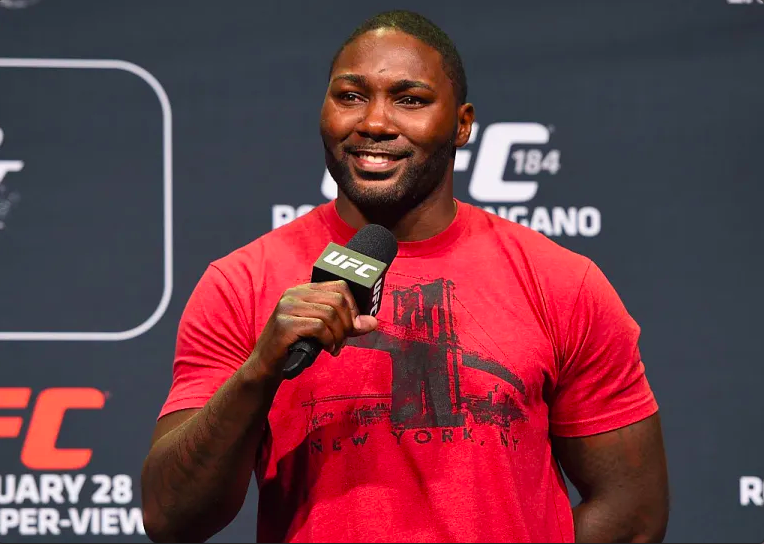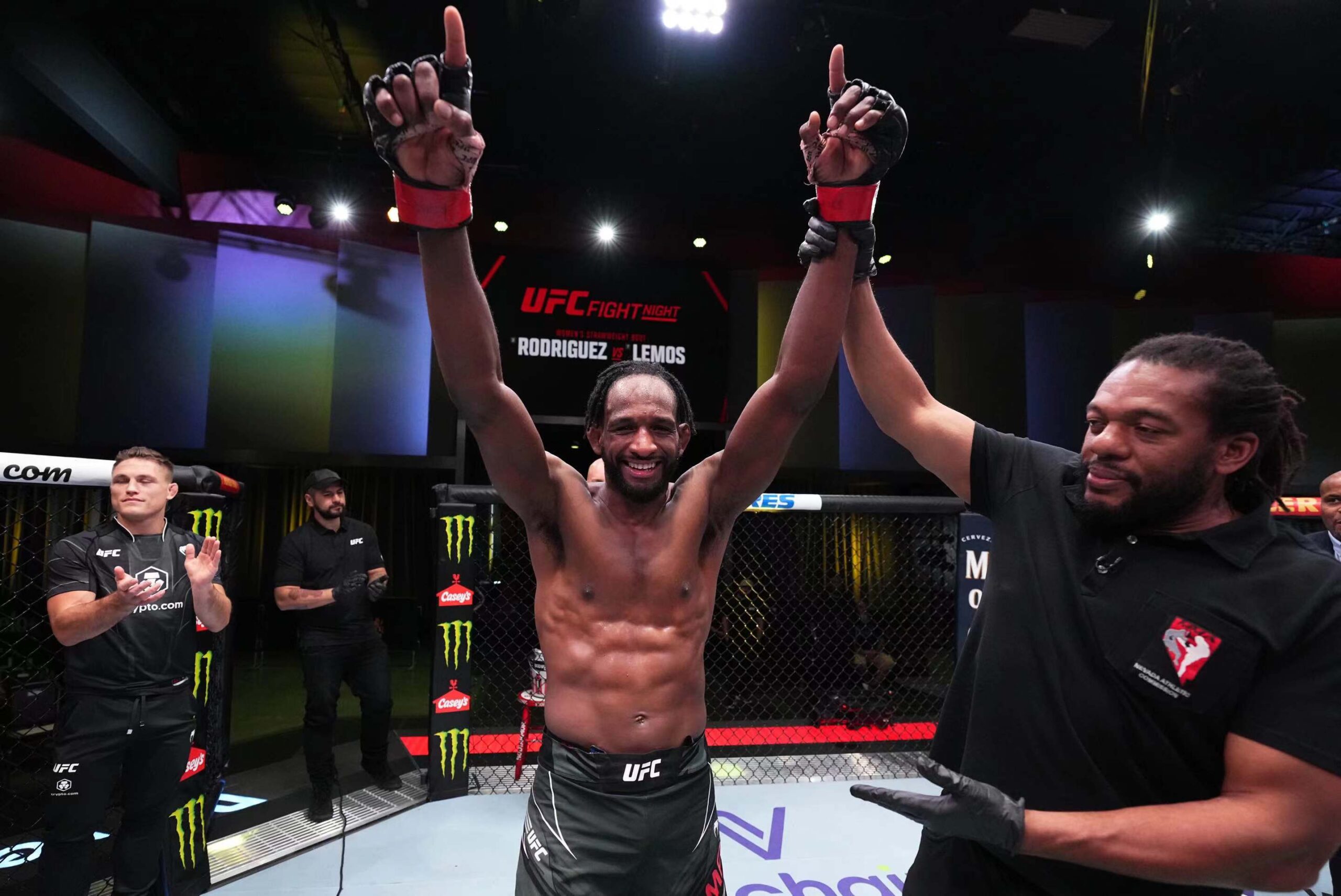New UFC Champ Adesanya lived up to the hype, but does the UFC understand where it’s going culturally.
This weekend in Atlanta, UFC 236 stormed the State Farm Arena.
Two championship fights were held with both changing the course of the UFC’s trajectory. Dustin Poirier defeated Max Holloway for a second time in his career to become the interim UFC lightweight champion.
The win sets up an eventual unification bout with Khabib Nurmagomedov, who is still on suspension from his melee with Conor McGregor.
However, the biggest storyline from the event was Israel “The Last Stylebender” Adesanya winning the UFC Middleweight championship. Adesanya crept on the public’s radar after an amazing martial arts display against Anderson Silva at UFC 234 in Melbourne, Australia.
The New Zealand based Nigerian born sensation engaged in a hard-fought five-round battle against Kelvin Gastelum. “The Last Stylebender” dug deep and showed his tenacity and athletic versatility that yielded him the strap and now the world’s recognition.
The Melanin Takeover of MMA
From Daniel Cormier and Jon Jones to Kamaru Usman and formerly Demetrious Johnson, the UFC is powered by melanin. There was once a narrative that mixed martial arts is a sport with no roots in communities of color. Boxing popularly has always been connected to African-American and Latino communities. With so many new and established faces of color dominating the sport on its biggest stage, MMA is tanning.
Moreover, now the UFC boasts two Nigerian champions simultaneously. Kamaru Usman became the first African born champion at UFC 235 in March and now Adesanya adds to that accomplishment in April.
With so many current and former champions of color, does the UFC see value in communities of color?
https://www.instagram.com/stylebender/p/BwQO9u3HF4g/?utm_source=ig_sharesheet&igshid=1x68a8hw223ku
Making The Case For Africa and The Diaspora
Historically, MMA was a privilege of the affluent. When the Gracie family brought their brand of Brazilian jiu-jitsu to the States, they focused on people that could afford the multiple training classes, private lessons, and tournaments that were both national and international.
Unlike programs like USA Boxing or the Police Athletic League, there were no outlets for youth to learn the sport. The cost of a jiu-jitsu gi for a growing child can get expensive and like any learning environment, private lessons are best. With many Brazilian jiu-jitsu schools and wrestling camps outside of most communities of color, access has been limiting.
Most African American fighters made their way onto the wrestling mat first after short school stints with football. Kevin “Kimbo Slice” Ferguson and Jorge Masvidal have also trailblazed as street fighters-turned MMA fighters.
Still, the UFC has never made any inroads into communities of color. Aside from UFC fighters appearing on popular radio shows like Sway In The Morning and 50 Cent’s alignment with Bellator, there has been no real community outreach.
Africa is still the final frontier for MMA promotion. There has never been a UFC fight on the continent and with two Nigerian champions, a stacked double title fight would make perfect sense.
However, the creation of infrastructure to incubate a successful MMA industry on the continent is necessary. Aside from the Lionheart Initiative, which creates opportunities for African athletes through sustainable martial arts programs, no promotion has invested in the continent.
The onus shouldn’t just be on the promotional organization alone, however. As athletes of color are on the rise in MMA across the board there needs to be cohesion and collectivization. Until then, the MMA world is benefitting from the athletic talent of its athletes of color.
However, devoid of an authentic outreach to communities of color domestically and internationally, MMA is doing a disservice to its fastest growing base.



